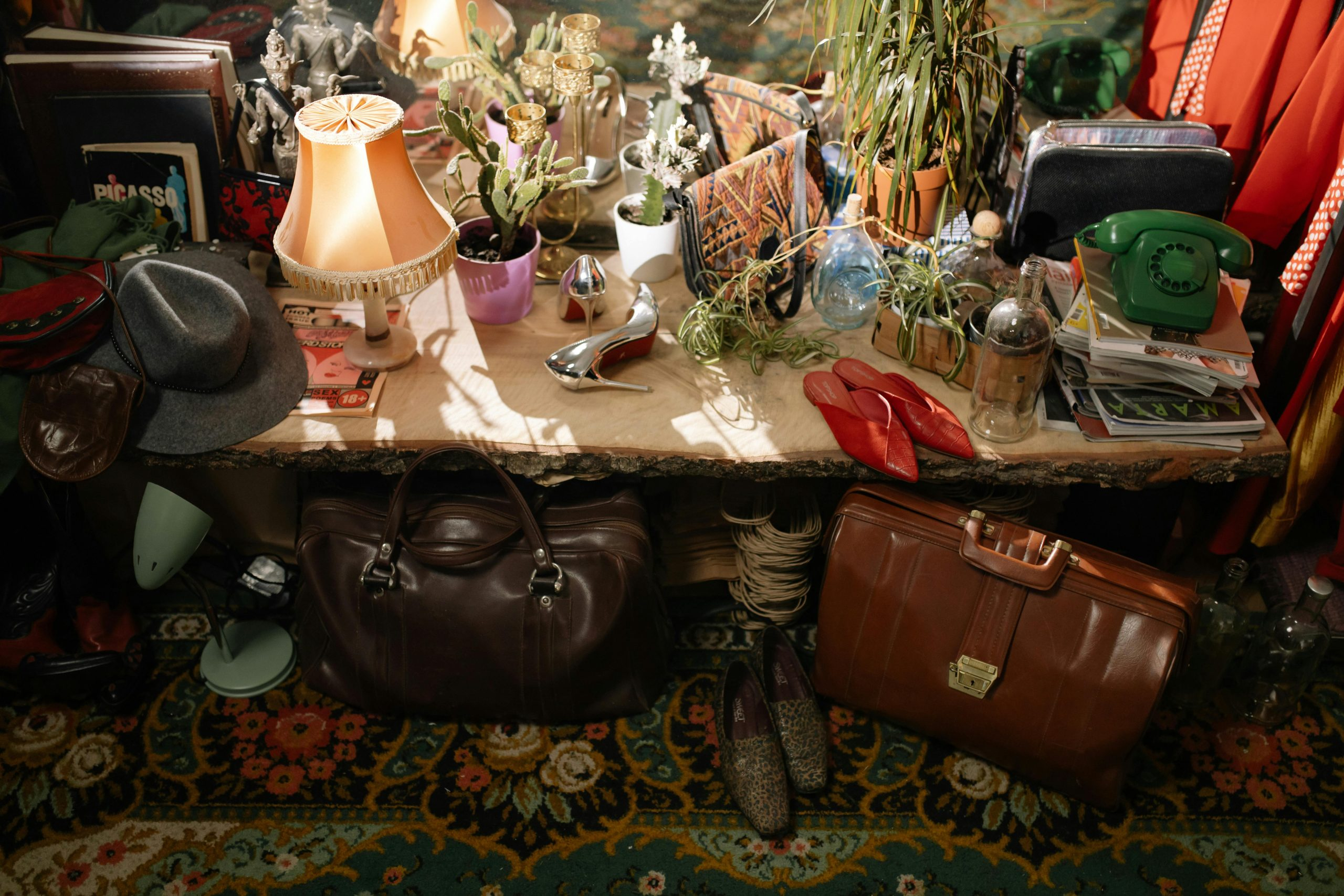The Art of Shopping for Antiques and Vintage Goods
If you are a lover of unique and one-of-a-kind treasures, then shopping for antiques and vintage goods is truly an art form that you won’t want to miss out on. Whether you enjoy the thrill of the hunt at flea markets or prefer the curated selection of antique shops, there is something undeniably special about adding a piece of history to your home or wardrobe. However, with so many options and potential pitfalls, it’s important to develop a strategy for successful antique and vintage shopping. In this article, we’ll cover everything you need to know to become an expert in the art of shopping for antiques and vintage goods.
The Importance of Knowing What You Want
The first step in mastering the art of shopping for antiques and vintage goods is to know what you want. With so many options, it’s easy to become overwhelmed and make impulse purchases that may not fit with your overall style or vision. Before heading out to shop, take some time to research and create a list of specific items or styles you are looking for. This will help you stay on track and make informed decisions when faced with a wide array of options.
Do Your Research
In addition to knowing what you want, it’s also important to do your research on the items or styles you are interested in. This can help you determine fair pricing and identify any potential red flags or fake items. Look for reputable online resources, such as collector forums or antique appraisal websites, and educate yourself on the history, value, and common characteristics of the items you are interested in.
Know Your Budget
Antiques and vintage goods can vary greatly in price, so it’s important to have a budget in mind before you start shopping. This will help you narrow down your options and prevent overspending on impulse purchases. Be sure to factor in any additional expenses, such as shipping and restoration costs, when determining your budget.
Where to Shop
Now that you have a clear understanding of what you want and your budget, it’s time to decide where to shop for antiques and vintage goods. While brick and mortar antique shops and flea markets may be the first places that come to mind, don’t overlook online options as well. E-commerce platforms, such as eBay or Etsy, offer a wide selection of antiques and vintage goods, often at competitive prices. Just be sure to read reviews and fully inspect any items before making a purchase.
Flea Markets and Antique Shops
Flea markets and antique shops offer a unique opportunity for one-of-a-kind finds and the thrill of discovery. However, it’s important to have a discerning eye and know how to spot hidden gems among the clutter. Look for items that are in good condition and have distinguishing characteristics, such as unique markings or craftsmanship. Don’t be afraid to negotiate prices, but always be respectful and understand the value of the item.
Online Marketplaces
In addition to the convenience and variety of online marketplaces, they also offer the advantage of being able to easily compare prices and research sellers. Be sure to read product descriptions carefully and ask for additional photos or information if needed. Look for sellers with high ratings and positive feedback from previous buyers.
The Art of Bargaining
Bargaining is a key component of the art of shopping for antiques and vintage goods. Don’t be afraid to haggle on price, but also be prepared to walk away if the seller is not willing to negotiate. Remember, a good bargain is one where both parties feel satisfied with the outcome.
Inspecting Your Purchases
Once you have made a purchase, it’s important to thoroughly inspect your item before leaving the shop or flea market. This is especially important for larger or more expensive items. Look for any defects or damage that may have been hidden and be sure to ask about the condition and any necessary repairs before making a purchase.
Restoration and Maintenance
Lastly, the art of shopping for antiques and vintage goods also involves proper restoration and maintenance. If you have purchased an item that requires restoration, be sure to have a professional handle the job. A poorly done restoration can significantly decrease the value of an antique. In addition, proper maintenance, such as storing items in a controlled environment and handling with care, can help maintain their value.
In conclusion, shopping for antiques and vintage goods is truly an art form that requires knowledge, strategy, and a discerning eye. By following the tips outlined in this article, you can become an expert in the art of shopping for these unique and valuable pieces of history.











